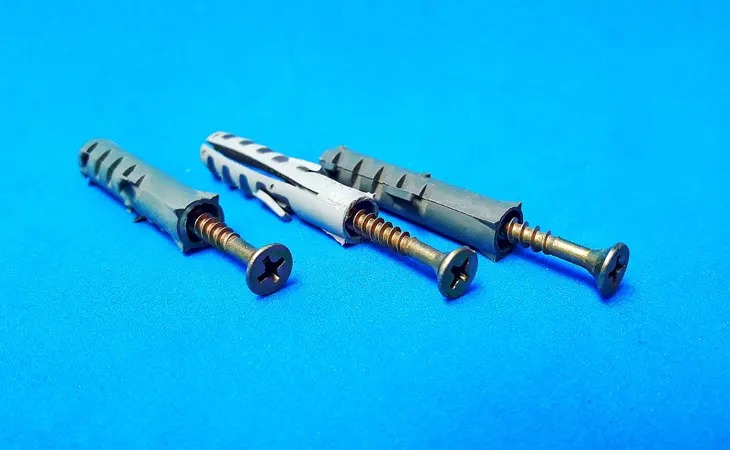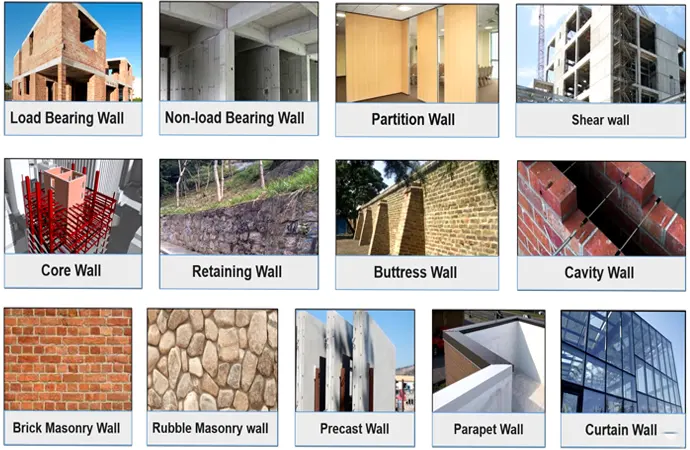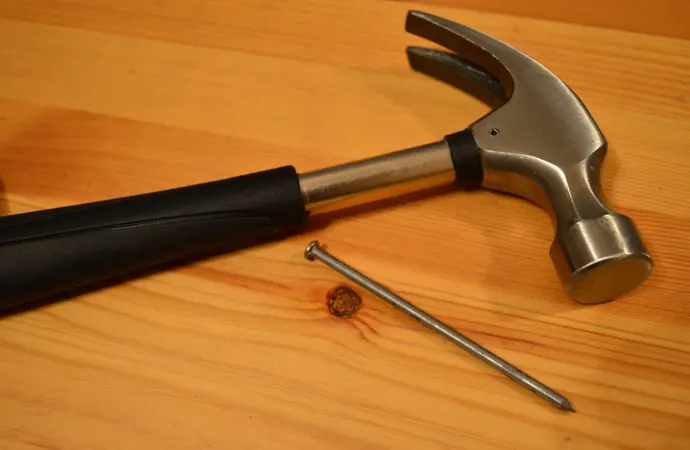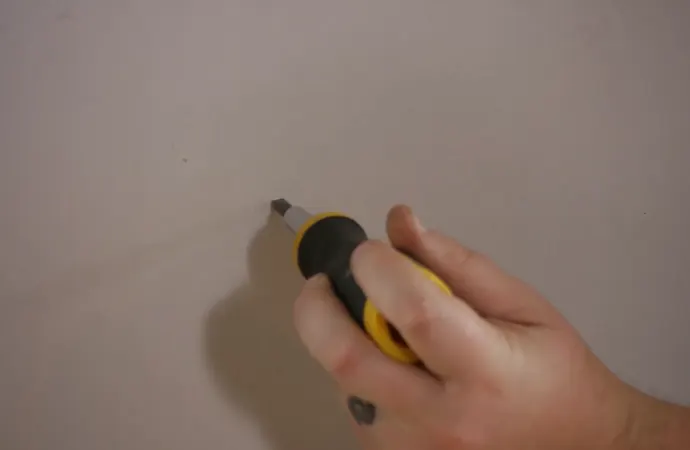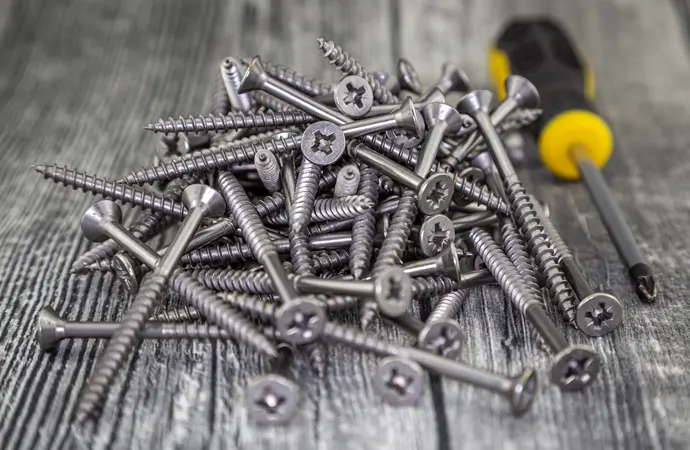How To Screw Into Wall Without Drill? 2 Effective Ways
How to screw into wall without drill? Can one make drills into the wall without using any drilling machine? This has been bothering so many, and many suggestions get raised on that. The truth is that it is possible. The use of electrified and mechanical drilling machines is a method that is popularly used and well-known by many.
For a DIY having hardships making screws without using drilling machines, this article will help you identify the type of screw to use and the best ways to get your work done efficiently without using drilling machines.
It’s also crucial to note that this task needs a lot of care to avoid harming yourself. There are various aspects one needs to consider before drilling any screw into the wall.
What are the types of wall materials?
Wall drilling is a task that needs a lot of professionalism and care before handling it. Whether a DIY or you’ve hired someone to help you drill screws in the wall, you might need to consider several tips for efficiency and firmness.
01. Plaster wall
Drilling on a plaster wall is somewhat challenging since this is a wall with a strong, smooth & durable finish. The task might be a bit easy if the wall to be drilled has a gypsum-like finishing plaster. Creating a plaster wall involves three-coat processes.
The use of Lath is more often used for this process to be efficient. Lath’s creation comes from different types of materials, such as metal and wood strips.
Historically most people got used to the wood strips lath, but that seemed to have changed as time goes. The use of Lath gives the gooey plaster something to hold.
[tcb-script async=”” src=”//z-na.amazon-adsystem.com/widgets/onejs?MarketPlace=US&adInstanceId=6b9e0854-f1ad-4450-8ad9-5989b7d02a85″][/tcb-script]
02. Dry-wall
Any professional intending to insert screws into drywall would articulate that this wouldn’t be an easy task, especially if you do it without using any drilling machine. This is a wall made from gypsum and does not crack easily.
The wall comes from a mixture of Calcined gypsum and water. The dense material formed from the two is then squeezed, or flattened, between two different layers of paper and dried.
How Many Types of Screws are There?
Screws come in different varieties depending on the type of surface used. This article will only review a few screws that can be drilled by hand and some using drilling machines.
You should also understand that screws appear in different sizes, formations, and materials. Some of these few that are hand drilled are; Eye lags, socket screws, eye bolts, J-bolt, and U-bolts, to mention a few.
The bolts such as hex, wood screw, and sheet metal screws are driven mainly by a drilling machine.
Let’s Know “How to Screw into Wall without Drill”
When mounting anything, it’s always essential to check on the object’s weight to be mounted. The importance of this is to help you to choose the correct and solid screws for the task.
While dealing with material objects, you will realize that classifying them according to the weight type will require you to learn some essential elements in every item. These Element Include_
A. Material
Before mounting any item on the wall, the type of material matters, material varies from metals, plastics, and rubbers which tend to have different weights. It would be so weird to mount plastic objects and steel objects with the same kind of screws.
Using the wrong type of screw would compromise the ability to hold the object on the wall.
B. Weight calculation
When working with objects of the same type and material, it’s always important to calculate the object’s weight. This might sound so challenging, especially if it involves a lot of paperwork.
There are various ways that one can use to calculate the mass of an object, such as through estimation by the use of hand or by the use of electronic weight devices.
C. Size
Objects appear in various forms, one of them being their size. Drilling this object requires you to classify them according to their size and get the correct screw.
#1 Way. Using a Hammer and A Nail to Puncture a Hole
There are various ways how to use a hammer to drill holes of the correct size.
I. Get the correct measurement.
Get the correct measurement of the object mounted on the wall and the correct spacing measurement.
II. Choose the proper nails for the task
This helps avoid the risk of destroying the shape of the hole and the surface to be prepared.
III. Attach the bit with the drilling hammer
Ensure that the bits get tightly held on the hammer. This is to ensure there is no risk of harming yourself.
IV. Point out the area where you need a drill
Mark the perfect spot for the Drill. Put the Drill on the marked area, pull the trigger and start drilling.
While using the drilling hammer, you do not need to put a lot of pressure since the Drill will help you do it.
V. Blow the residuals away.
After making a perfect drill, you must blow those residuals formed on the surface and check if you hit the correct spot.
If the drilling harmer fails to make good drills for you, you can use a concrete nail and a hammer.
#2 Way. Using a Handheld Screwdriver to Create a Path
For anyone opting to do it by himself for home-based tasks, users can use a handheld screwdriver to drive in a screw. The handheld screw can best apply on a soft surface such as cabinets and gypsum walls.
An example of a handheld screwdriver is a Yankee screwdriver.
The screwdriver is easy for a home-based person since it operates on a spring-loaded ratcheting principle.
How to Use a Handheld Screwdriver?
- Determine where you are going to install the object.
- Predrill a hole in the wall according to the width listed on the packaging. It is done by holding the screwdriver correctly at the tip and pushing firmly against the drilled surface.
- Turn the screwdriver while pressing it firmly to the wall.
- Do it at a slower movement until the screw has wholly submerged into the wall or cabinet.
Extra Tips: Installing the right screw for your mounting
After making a successful hole with a hammer and nails or a screwdriver, now you can easily choose the type of screw to use and mount the object you wish to have on the wall.
The type of screw to be used depends on the size, material, and color. You might be wondering how the color of the object would help you choose the type of screw.
For some woodwork especially preparing a stylish cabinet or display, you might opt to use the color of the screw that resembles your wall or wood.
- How to Use 3-Pin Picture Hooks? Step-by-Step Guide
- What Is The Best Picture Hangers Without Nails?
- Can You Reuse Wall Anchors? Know 10 Steps With FAQs
Conclusion
After a broad review of the type of screws and the best methods to use when drilling screws, the doubts of whether one can make a drill without using a drilling machine are now fully answered.
Considering the tips given above, you can now comfortably go and mount your cabinet or any item on your wall. These tips help you to do the tasks efficiently and safely.
